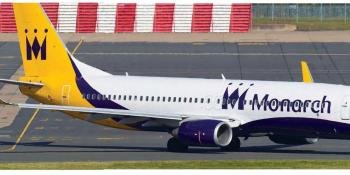The Central American nation of Panama has been experiencing an economic and tourism boom in recent years and, while most of this has taken place in and around the capital Panama City, the rest of the country is now starting to reap the benefits, as Sebastian Schmitz discovers.
Over the last decade, Panama has had one of the fastest growing economies in the world, with the World Bank Group reporting that the country’s annual growth is 7.2%, more than double the regional average.
This boom has benefitted the economy and the tourism industry, especially for the capital, but this newly found wealth is now being dispersed across the rest of the country, where infrastructure modernisation is rapidly taking place to keep track with, or enable, further growth and increased connectivity.
A good example of this development is the airport at San José de David (simply known as David), in Panama’s Chiriquí province, which borders Costa Rica to the west and the Pacific Ocean to the south.
Slightly smaller than the UK county of Devon, Chiriquí is a very diverse region, offering visitors attractions from beaches and spectacular highlands, to rainforests and volcanoes. Its capital David is the third biggest city in the…





